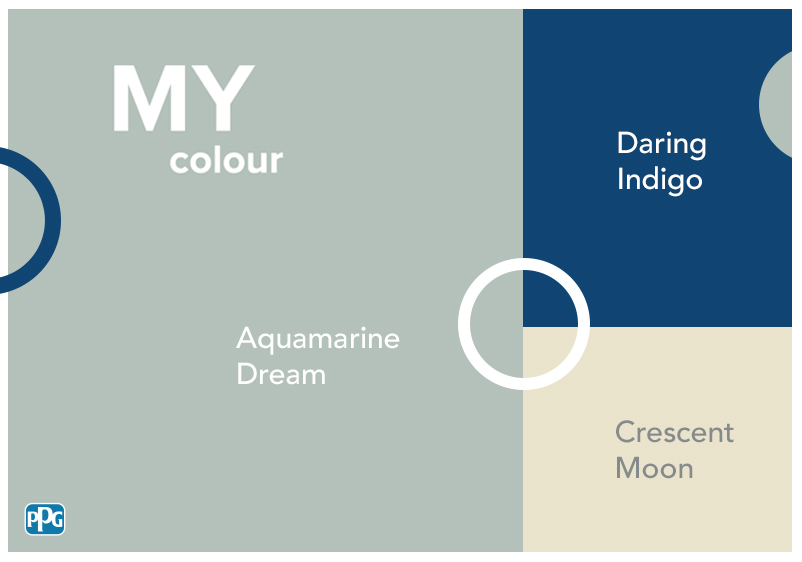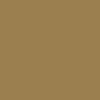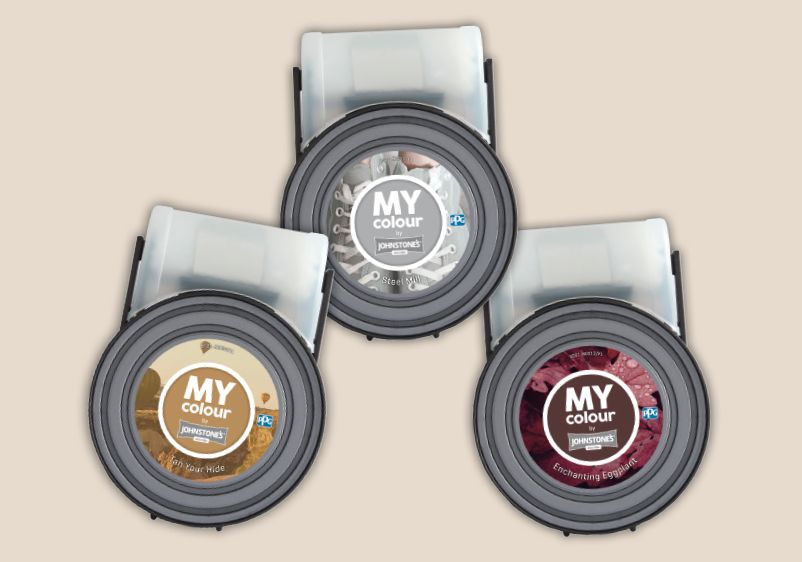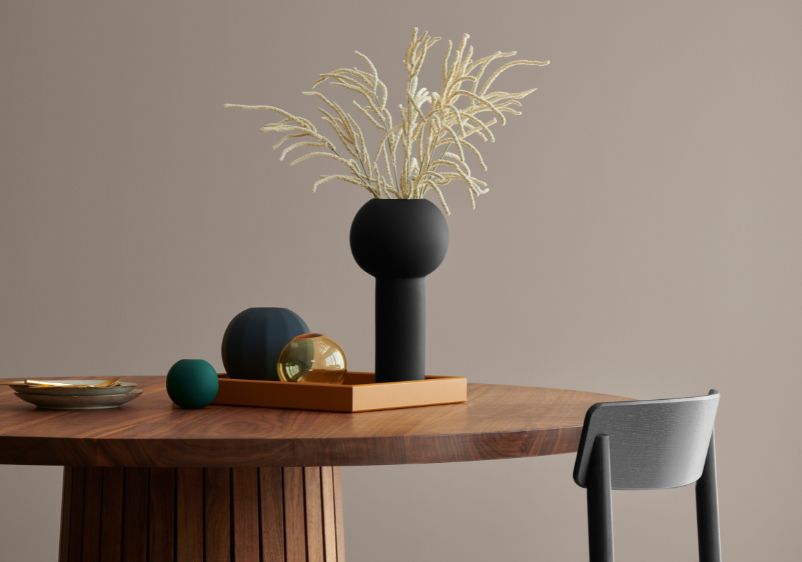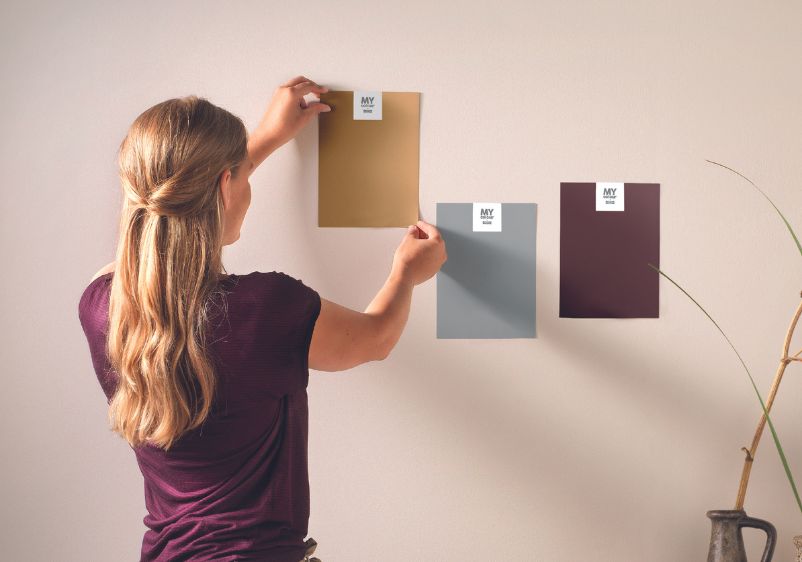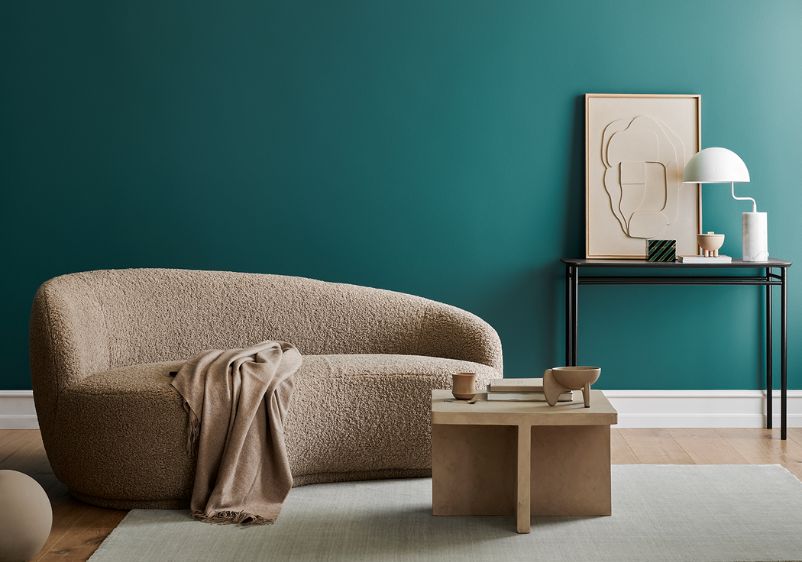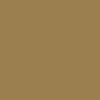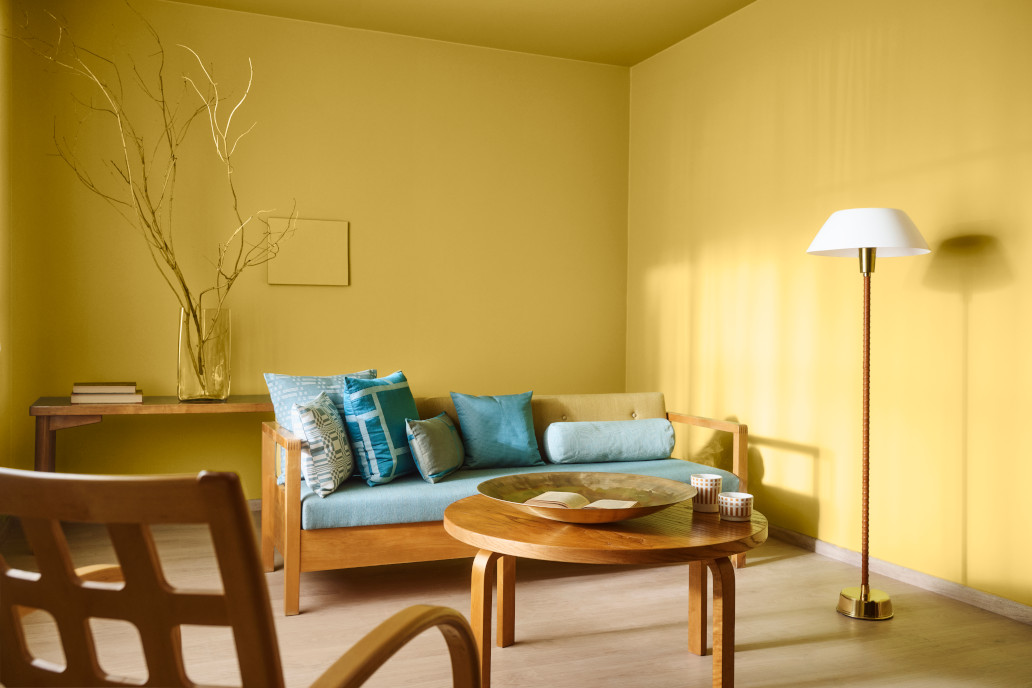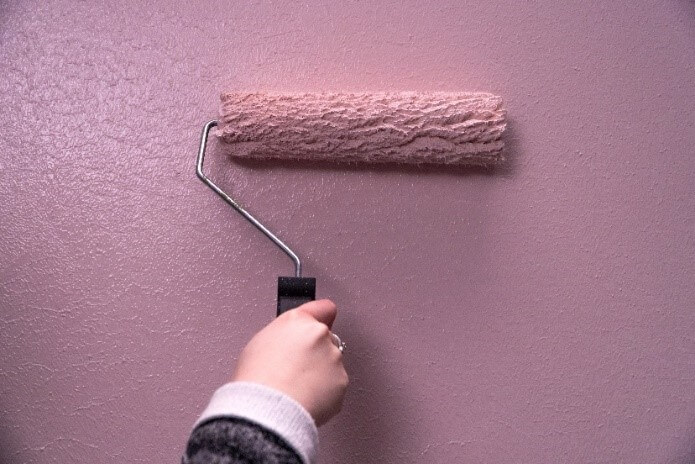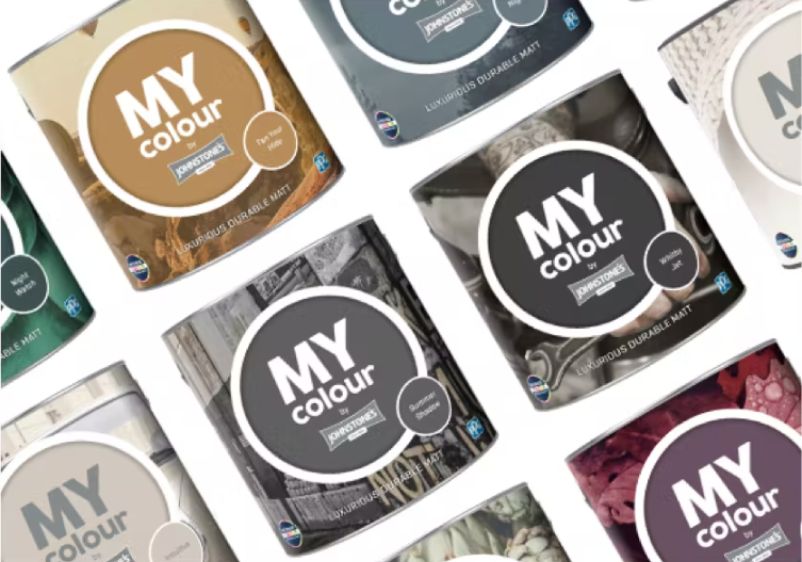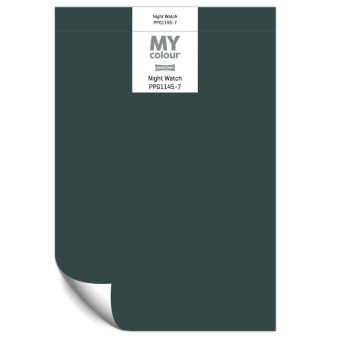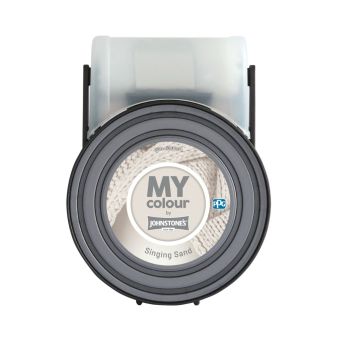For anyone who loves a modern interior, dark grey paint is the go-to. However, charcoal is often the better choice if you’re looking for a more luxurious aesthetic that’s rich in moody ambience.
Unlike powdery greys that don’t veer too far from pewter-infused neutrals, charcoal shares more similarities with standard black. However, this doesn’t mean that charcoal paint shades are hard to work with.
This contemporary shade has long been used for exterior decorating projects. It’s the perfect addition to exposed brick and metal, granting your garden an impressive backdrop. It’s also a favourite for freshening up a front door. However, there are plenty of ways you can put this mysterious paint family to use throughout your home.
For a more neutral interior, choose charcoal grey hues with brown or green undertones. When choosing interior paint for a living area, you’ll need to consider those undertones carefully. Hints of tan or red will bring essential warmth. Even lilac or violet notes can be used to bring a subtle touch of warmth.
If you favour cooler hues, stick to charcoal greys with icy purple or blue undertones. You’ll need to stick to similar shades when picking out complementary paint colours, but the results can be dramatic.
Tester Pots
Dover Grey
Dover Grey
Dover Grey

Saturated greys have never been more popular. With Dover Grey, you have a rich charcoal wall paint that will elevate any room. Use it generously to make a statement, or introduce your paint brush to a variety of complementary colours for a more interesting aesthetic.
If you’re keen to stick with greys, go with warm irons. Saturated hues with oaky undertones will also work well. Monochromes are another easy pairing with charcoal grey, while you can play around with natural elements and materials like metal when selecting furniture and decorative details.
Steamship
Steamship
Steamship
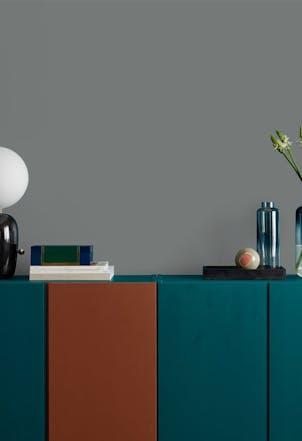
The right charcoal paint shade can transform the character of an entire space. Steamship is a superb pick if you’re looking to change the vibe of your interiors, with its ashy tint making it a stylish design choice.
It’s a fairly intense shade, so think about saving this one for a feature wall if your square footage is limited. In a larger interior, use it as one of several charcoal paint colours for an understated tonal combination.
Industrial Rev
Industrial Rev
Industrial Rev

If you’re a fan of understated greiges, you’ll want a charcoal that can pair nicely with those low-key paint tones. Industrial Rev is an attractive choice, with this charcoal grey boasting a greige tint that makes it incredibly versatile.
This paint colour works nicely with anything with grey or brown undertones. You can use it as a singular colour or get creative with a paint palette of greige hues for a truly inspired interior.
Cool Charcoal
Cool Charcoal
Cool Charcoal
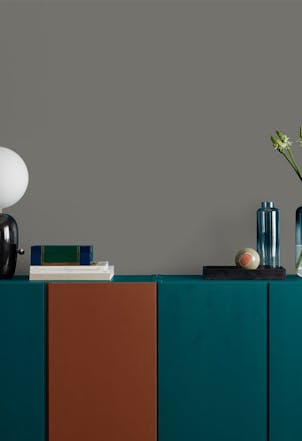
Even the richest charcoal shades can be surprisingly warm. Despite the name, Cool Charcoal won’t leave your interiors feeling cold and sterile. Hints of gingerbread will spice up your palette, while a greige profile makes it easy to select complementary paint colours.
This versatile paint works beautifully in almost any space. Use it in bedrooms, the kitchen or an open-plan living area. When adding colour to those little details and room moulding, consider using warm tones instead of standard white paint colours.
City Skyline
City Skyline
City Skyline
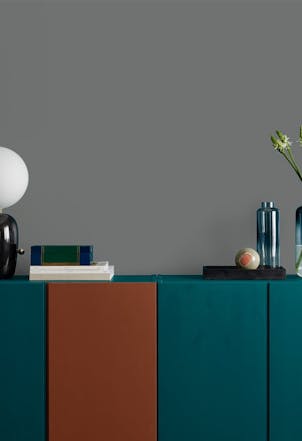
For a more dramatic backdrop for your rooms, go with a saturated charcoal grey like City Skyline. This iron grey has a chalky charcoal tint, which will make a welcome addition to a more modern space.
Masculine and contemporary, this charcoal paint colour will work nicely alongside silvery blues and lighter grey shades. While it’s definitely a darker choice, it won’t leave your rooms feeling dank and uninviting. In fact, you can easily soften its harsher edges by introducing natural elements and warm wood tones.
Slate Mine
Slate Mine
Slate Mine
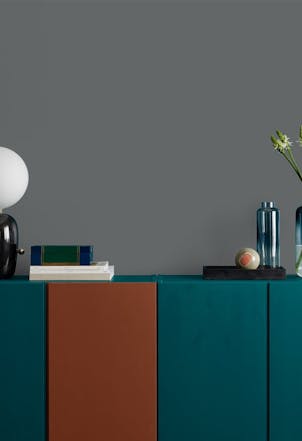
Some of the best charcoal shades are enriched with warm undertones. Take Slate Mine as an example. While this charcoal grey is undeniably deep, a pepper red undertone brings boundless warmth.
Colour pairings are fairly simple with this one. Stick to warm greys for a monochromatic interior that’s easy on the eye and inviting. Earthy shades like oak and mulberry will also go down well.
What Colours Work Best With Charcoal Shades?
While coordinating with charcoal grey shades is fairly straightforward, you’ll need some inspiration. A relatively easy route to take is to use other greys. If you’re using an intense charcoal, go with darker greys to create a more atmospheric interior. If your space needs to feel airy and open, keep it low-key with lighter shades.
Pure white is another timeless pairing with charcoal. It’s an ideal choice for a more contemporary space, while you can also incorporate off-whites and grey-tinged neutrals for complexity.
In general, cooler tones tend to work perfectly with charcoal. Icy blues are a brilliant pairing, while navy can deliver a more dramatic finish. If you don’t feel like adding something from the blue spectrum to your palette, you can instead use blue soft furnishings and decorative elements.
Warmer tones can also be used very effectively. A subtle splash of red or fiery orange will bring a charcoal room into the 21st century. Vibrant yellow is another fine option, especially if you’re incorporating a few hints of grey and black. For a more elegant charcoal grey space, use a warm neutral like blush pink.

